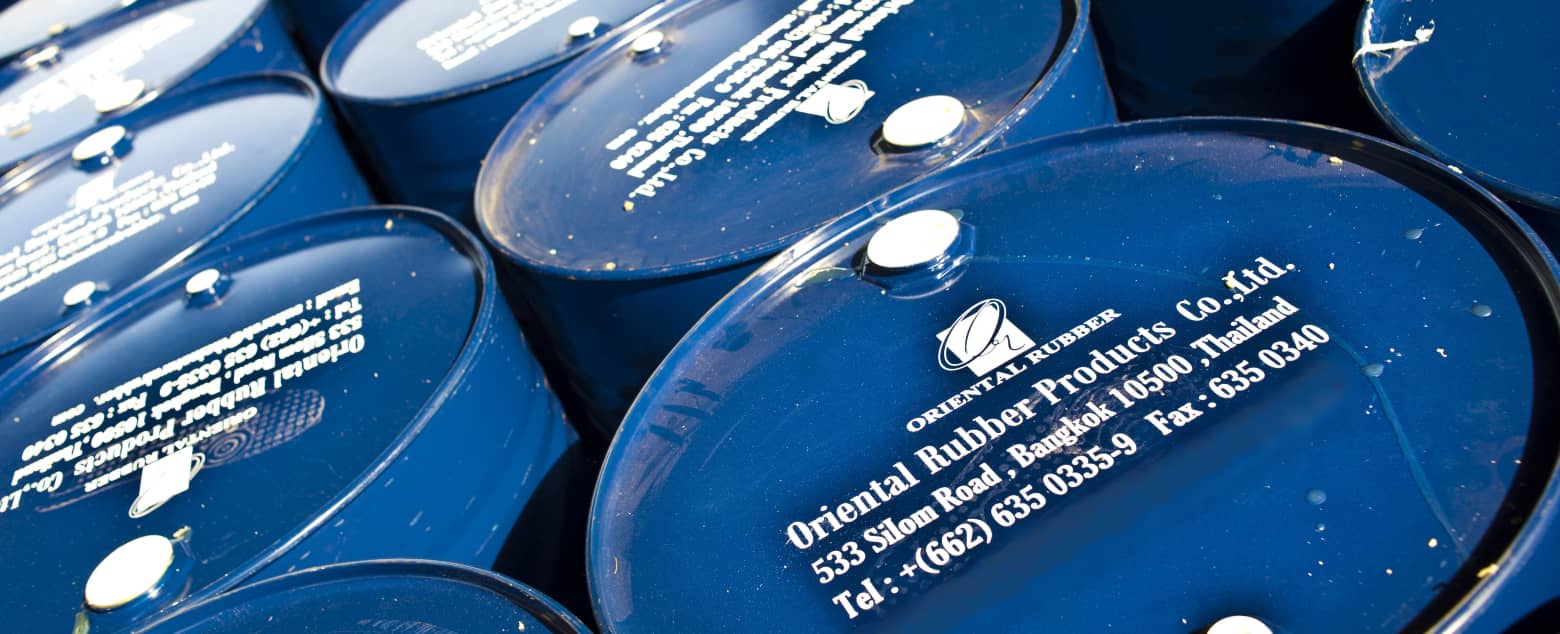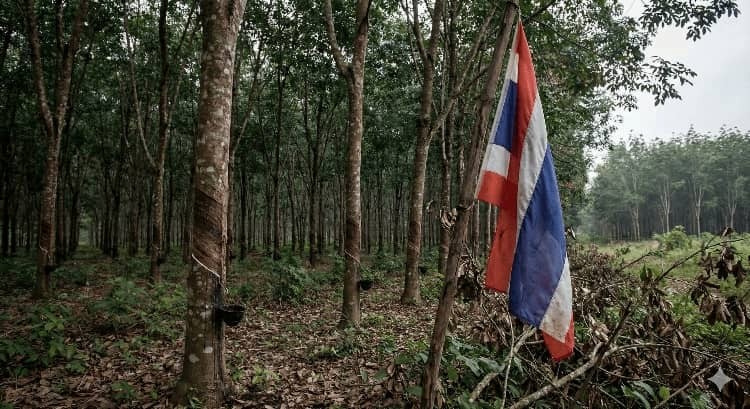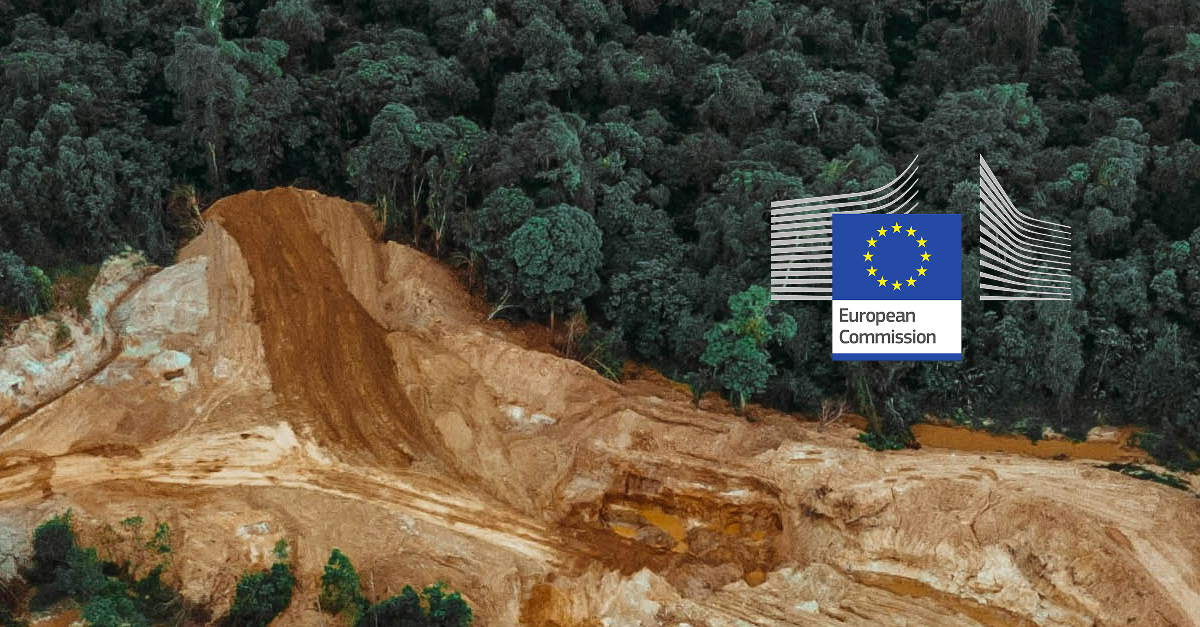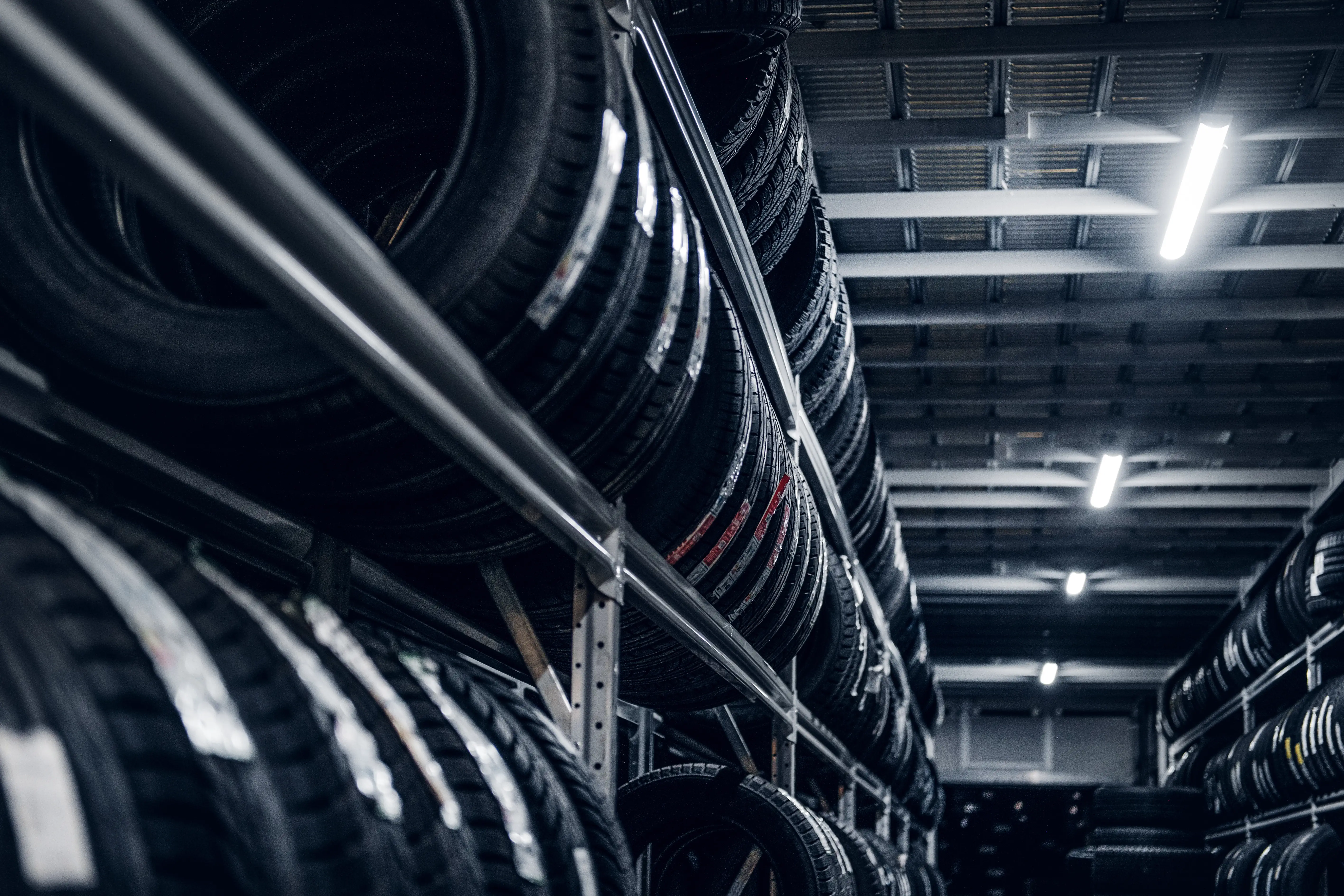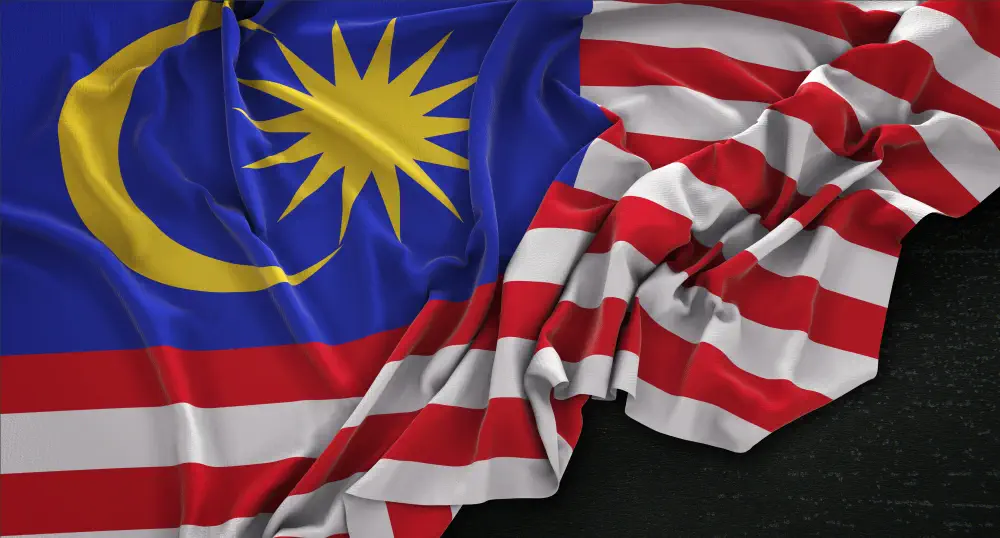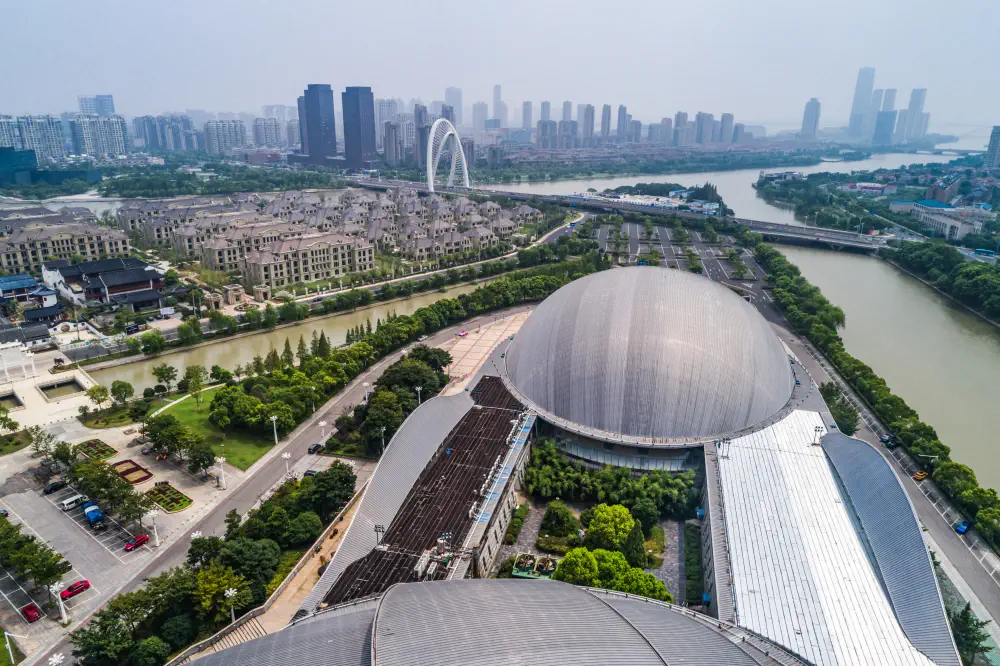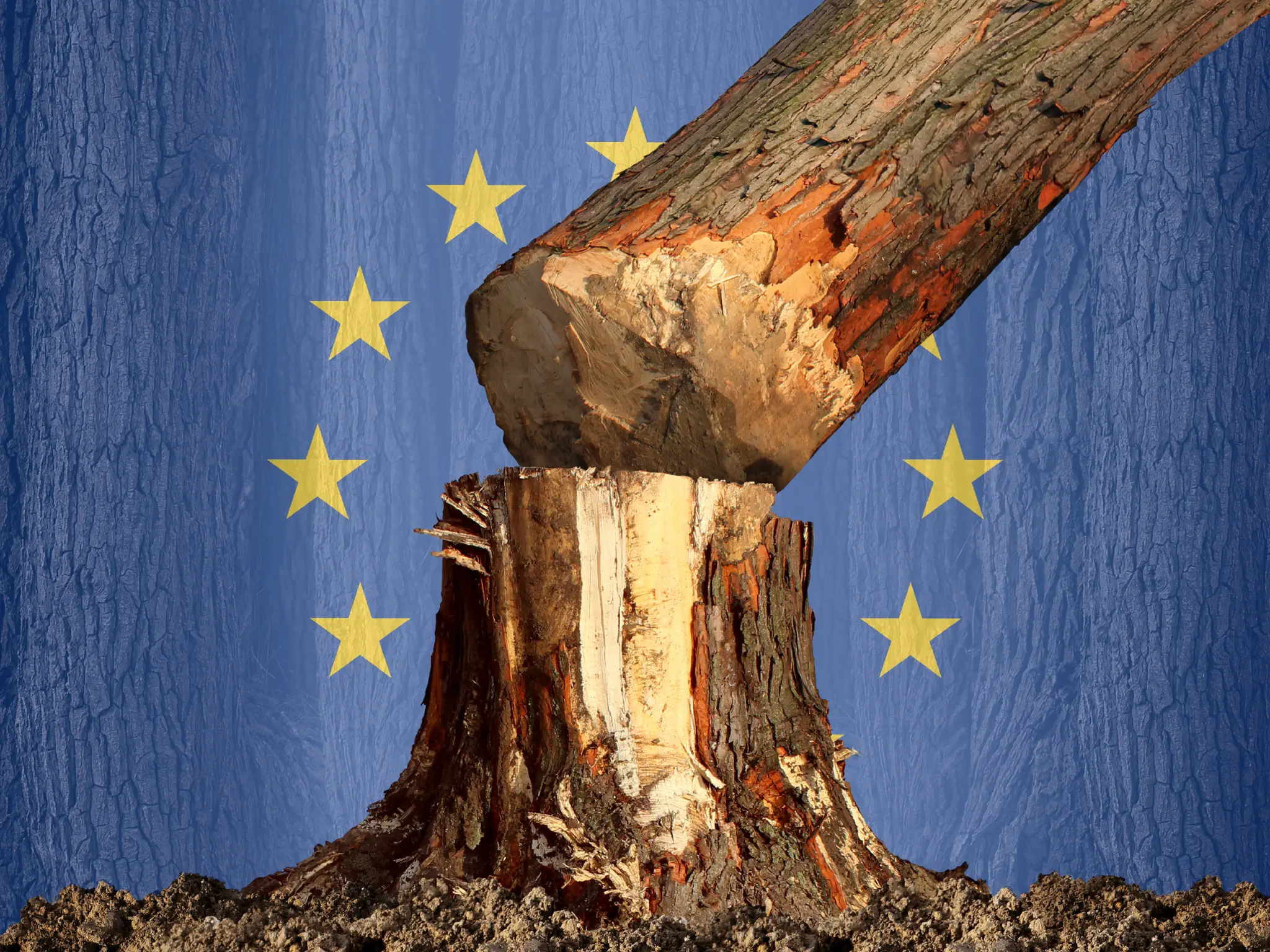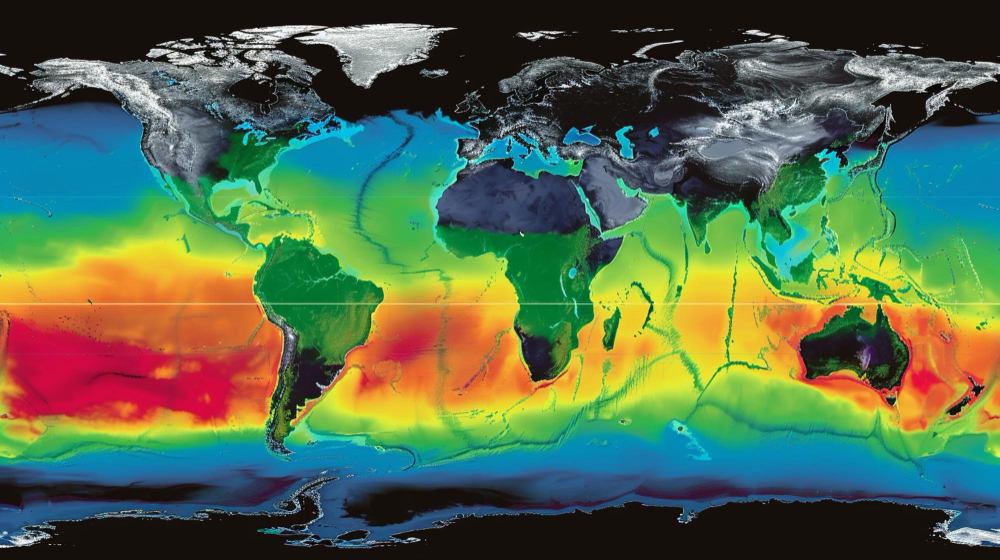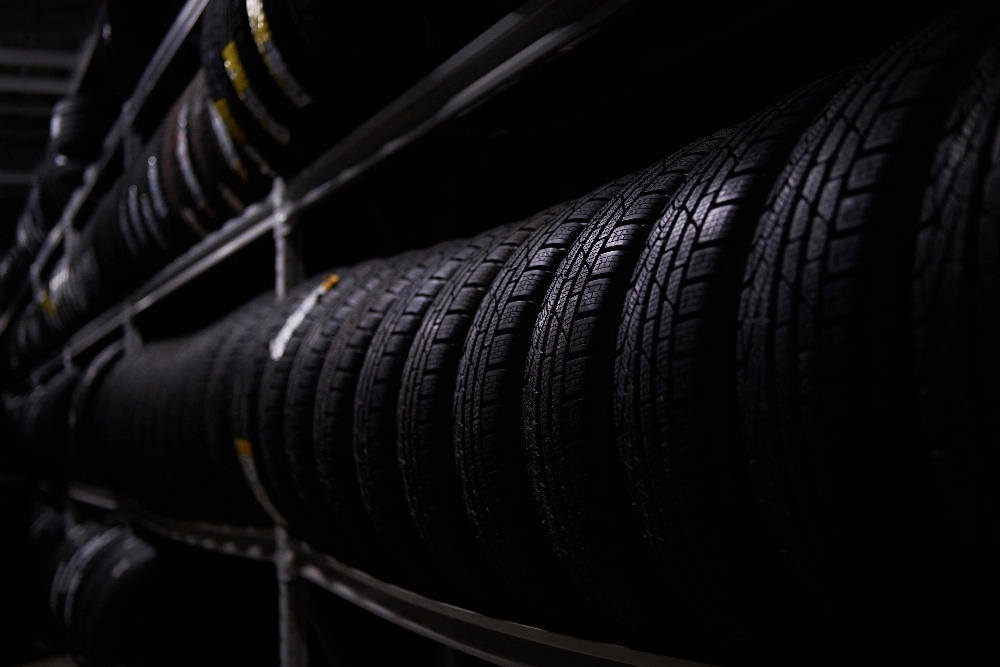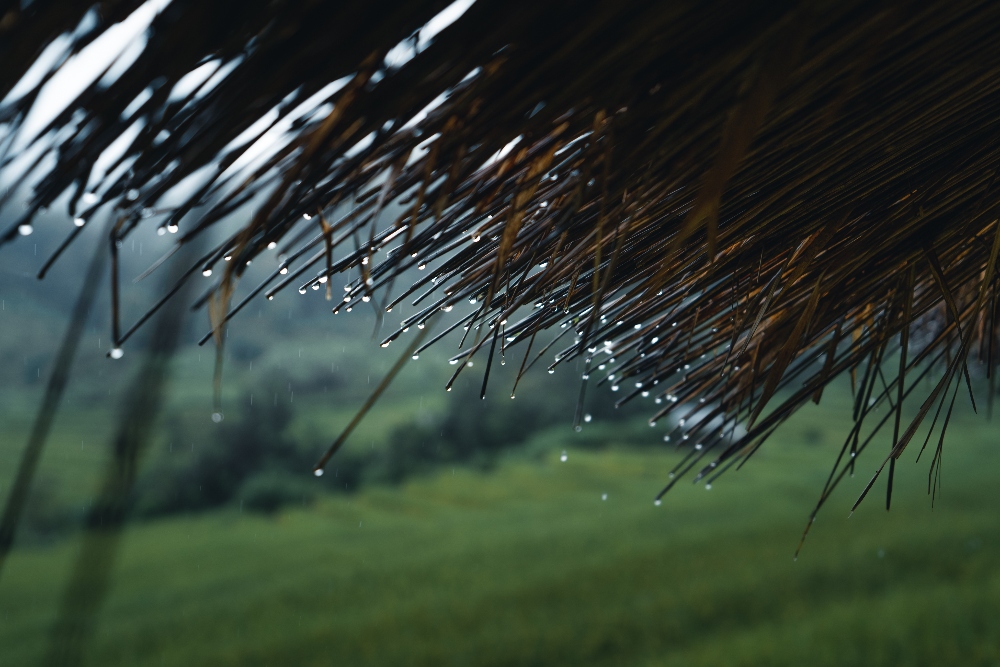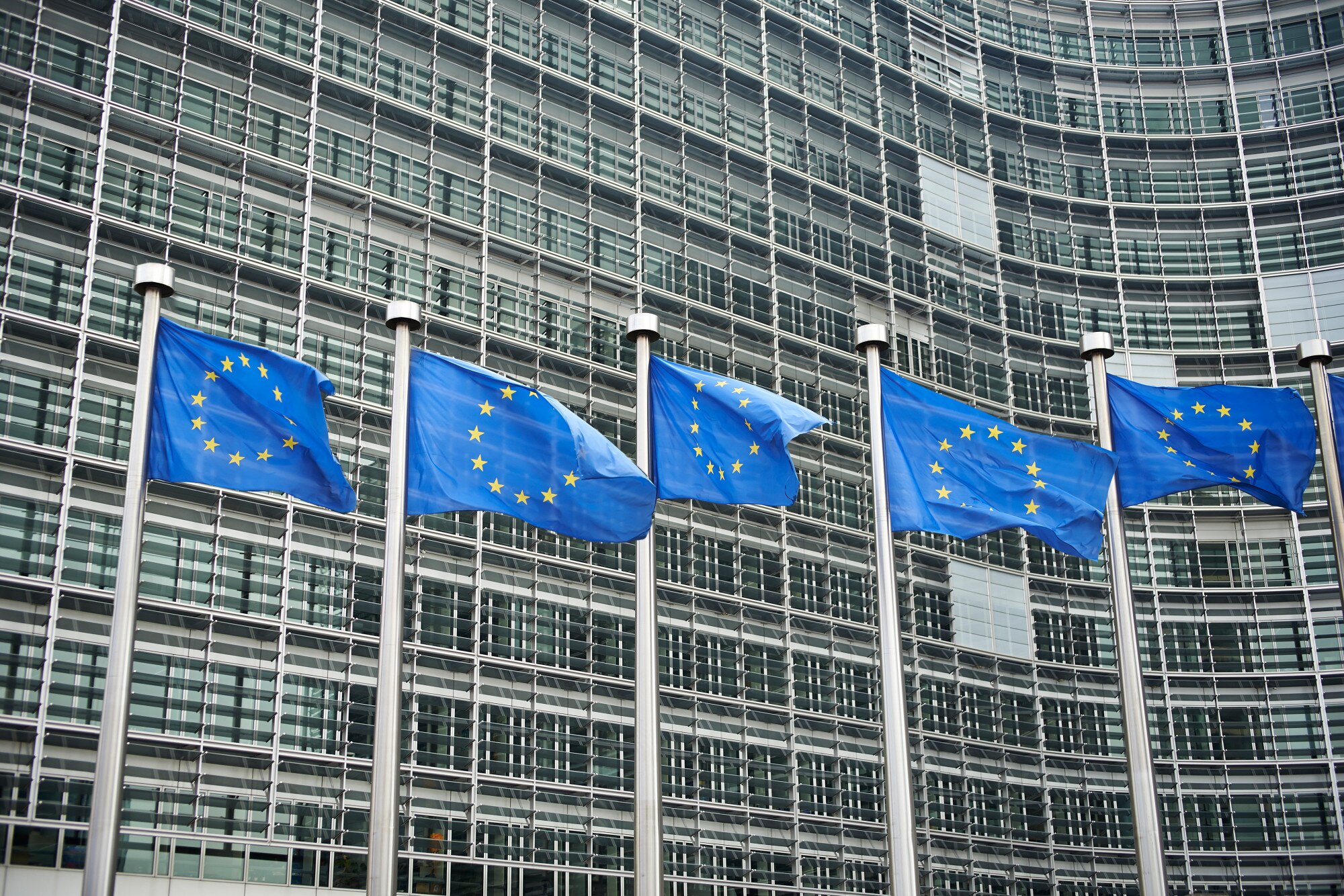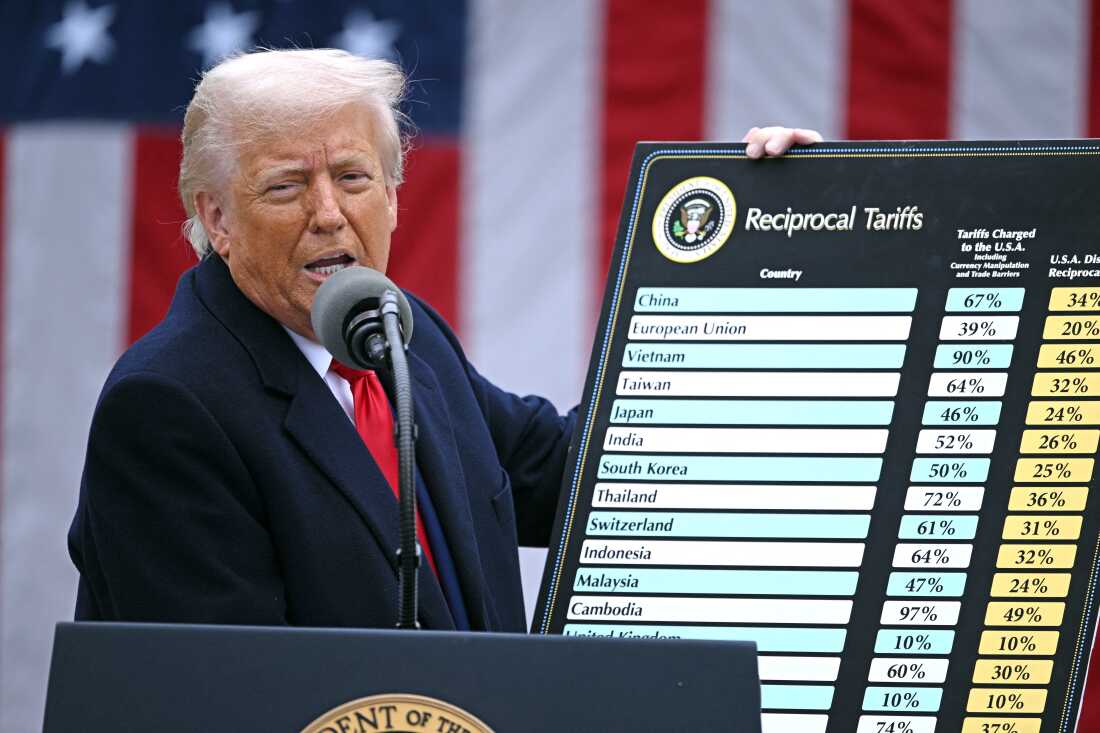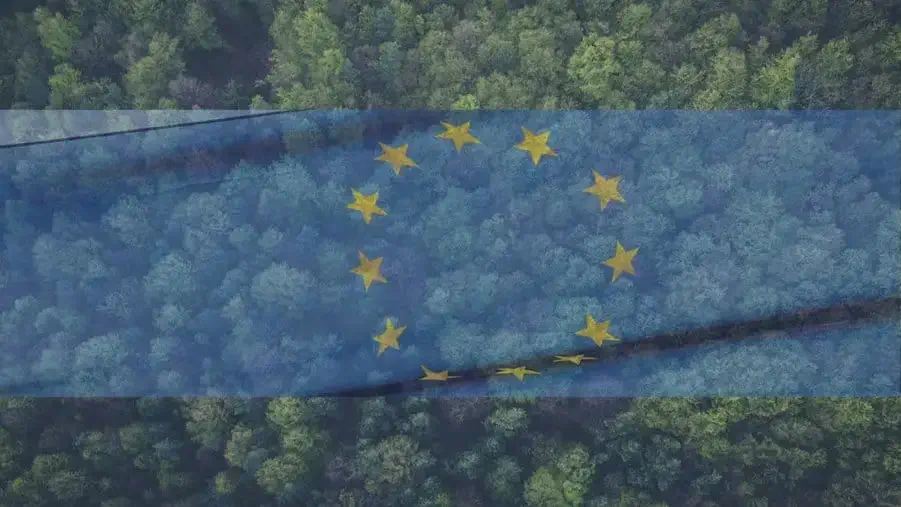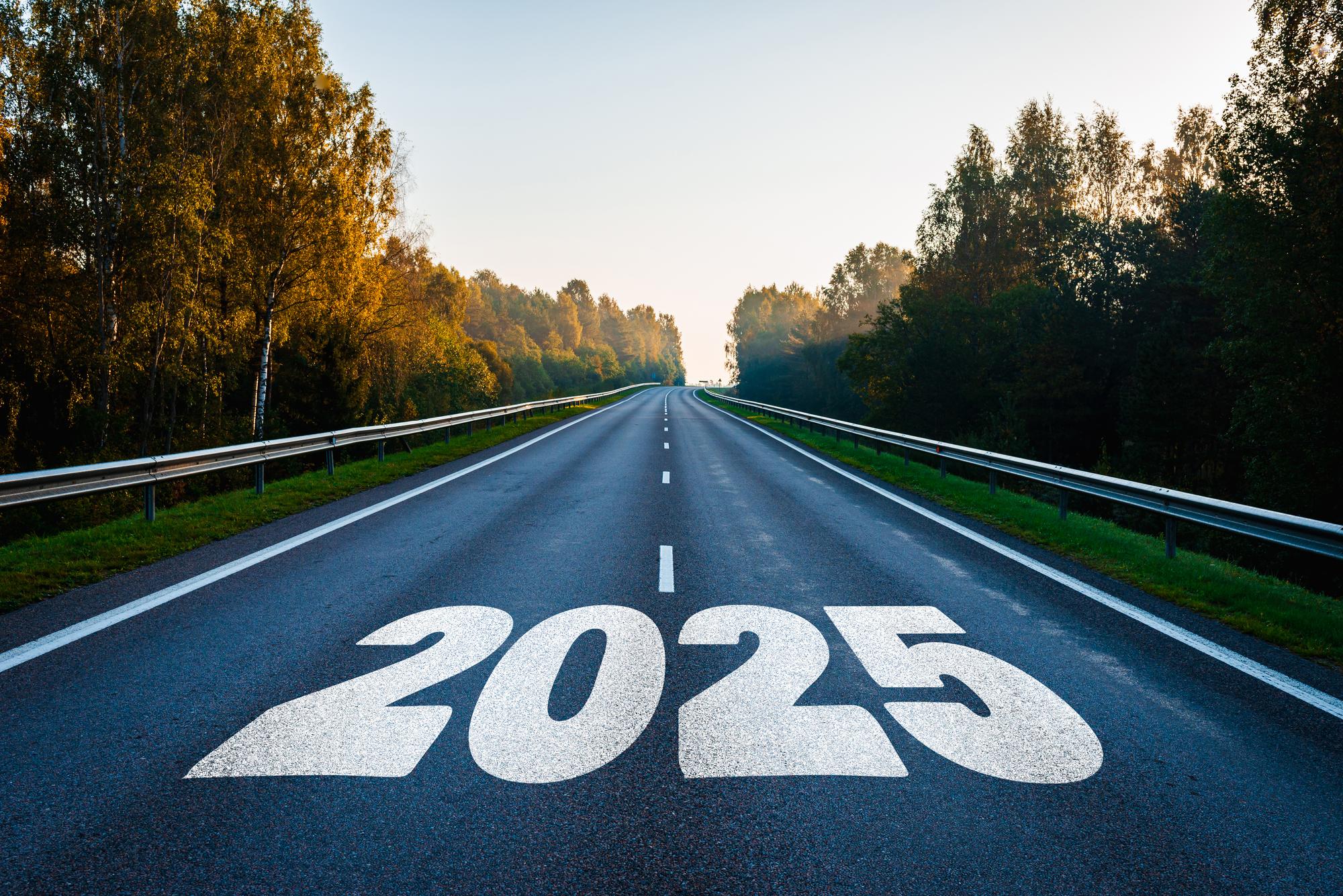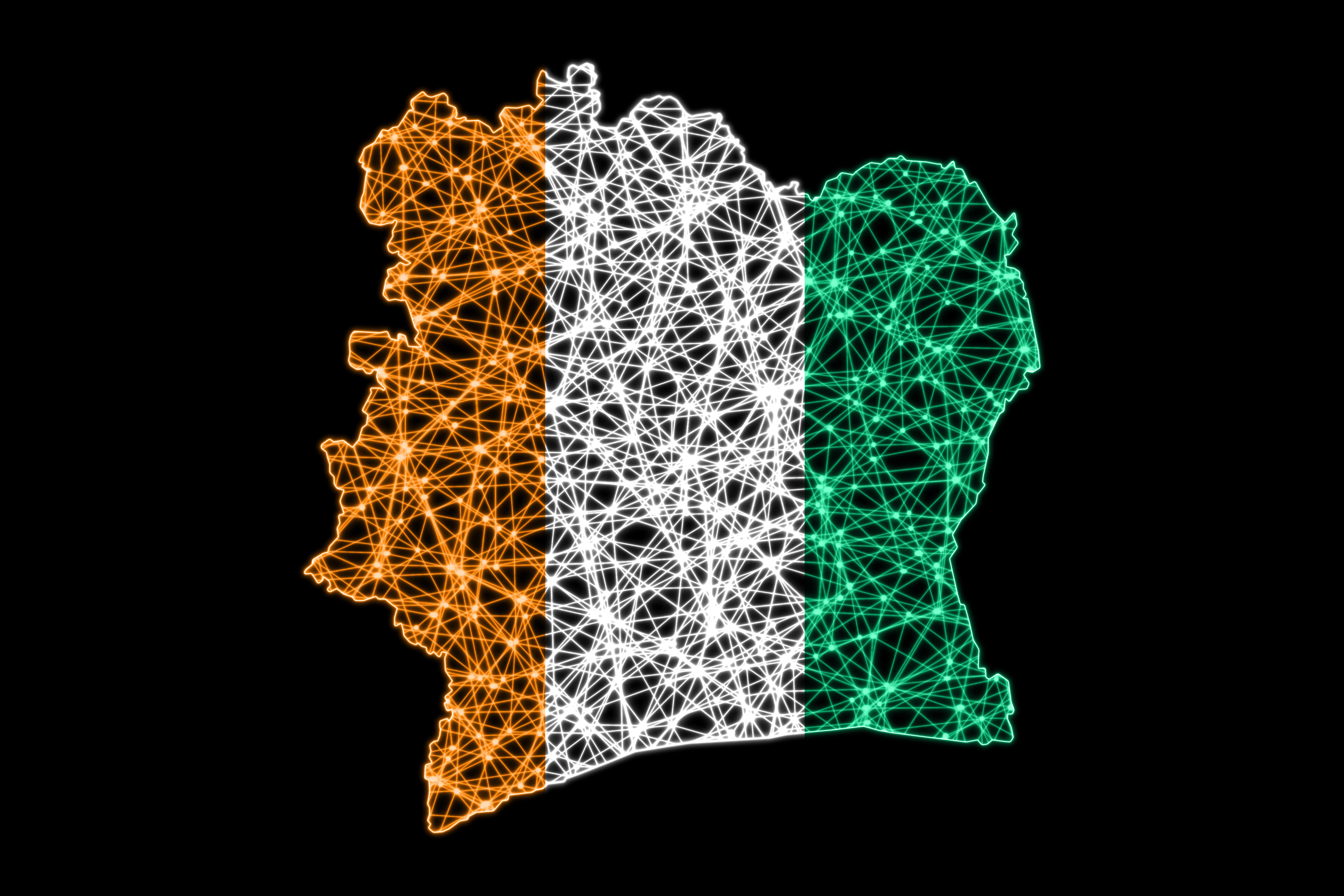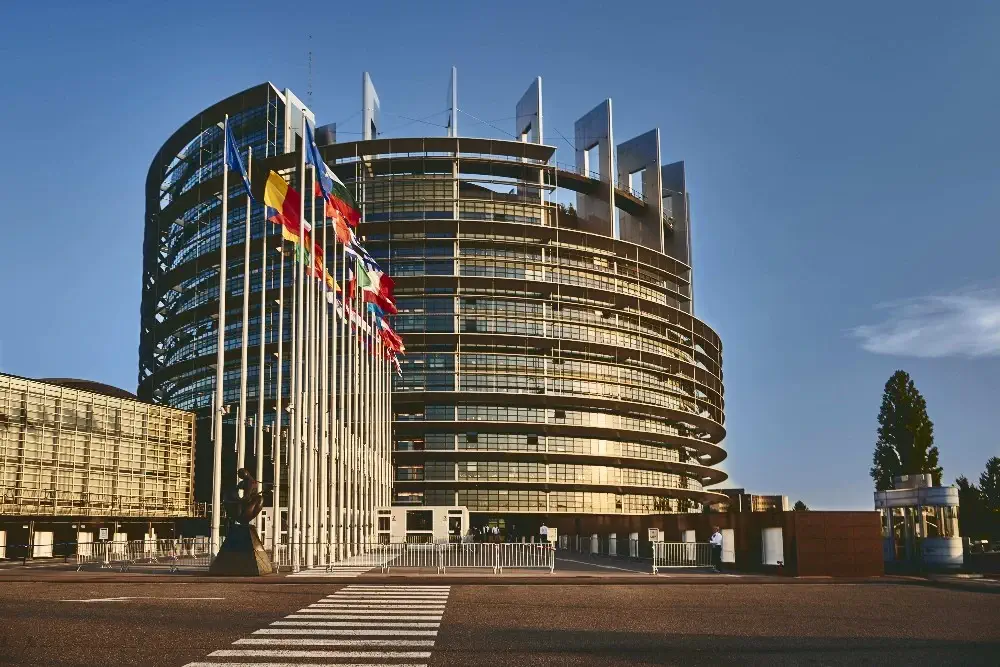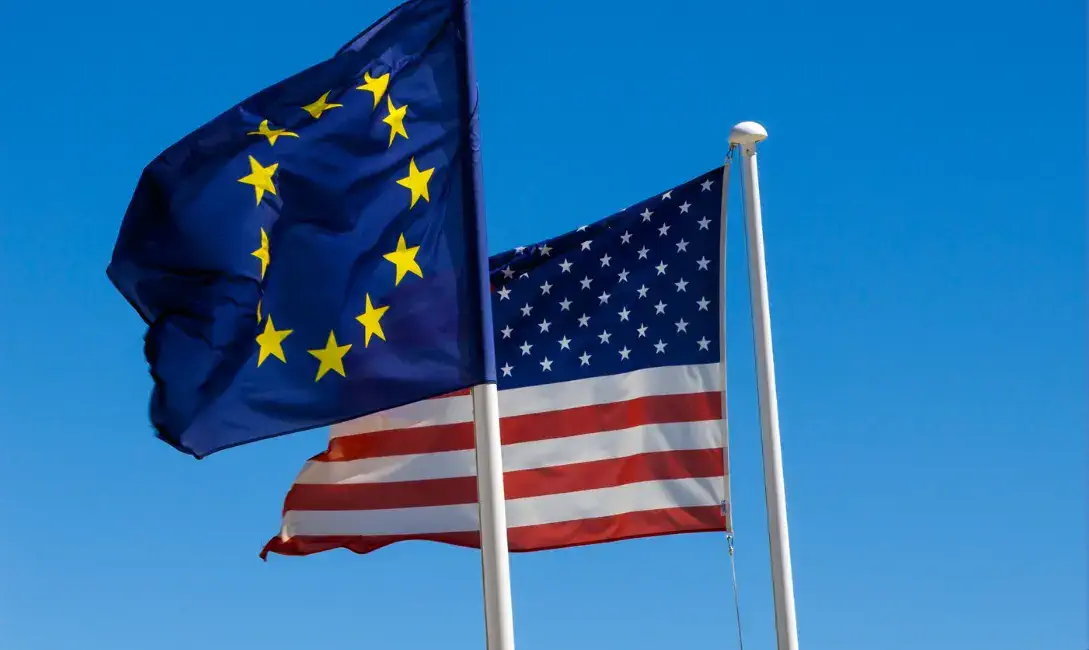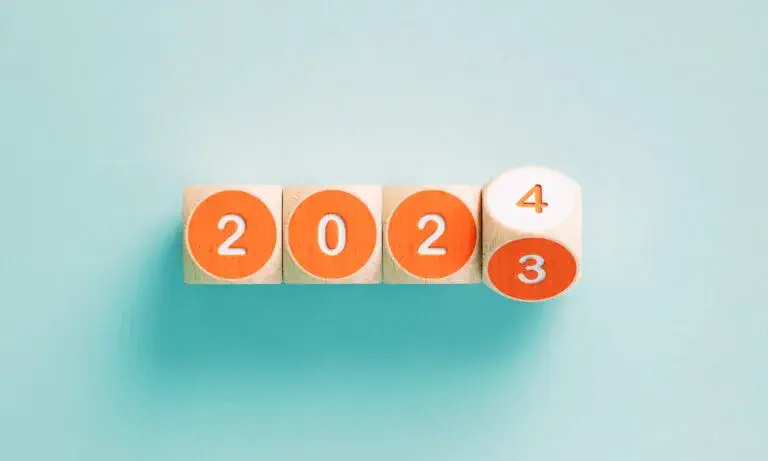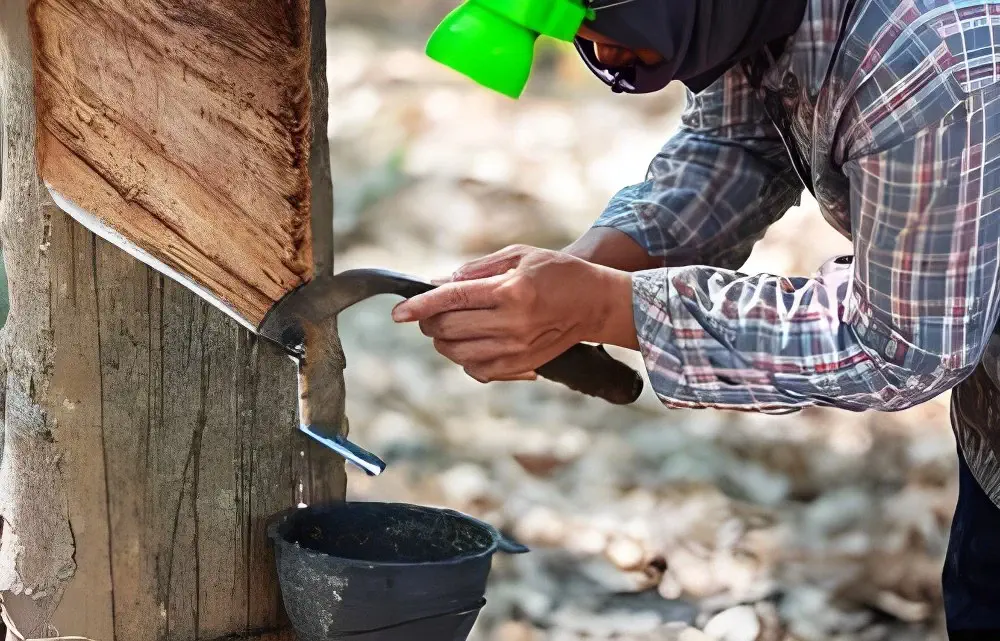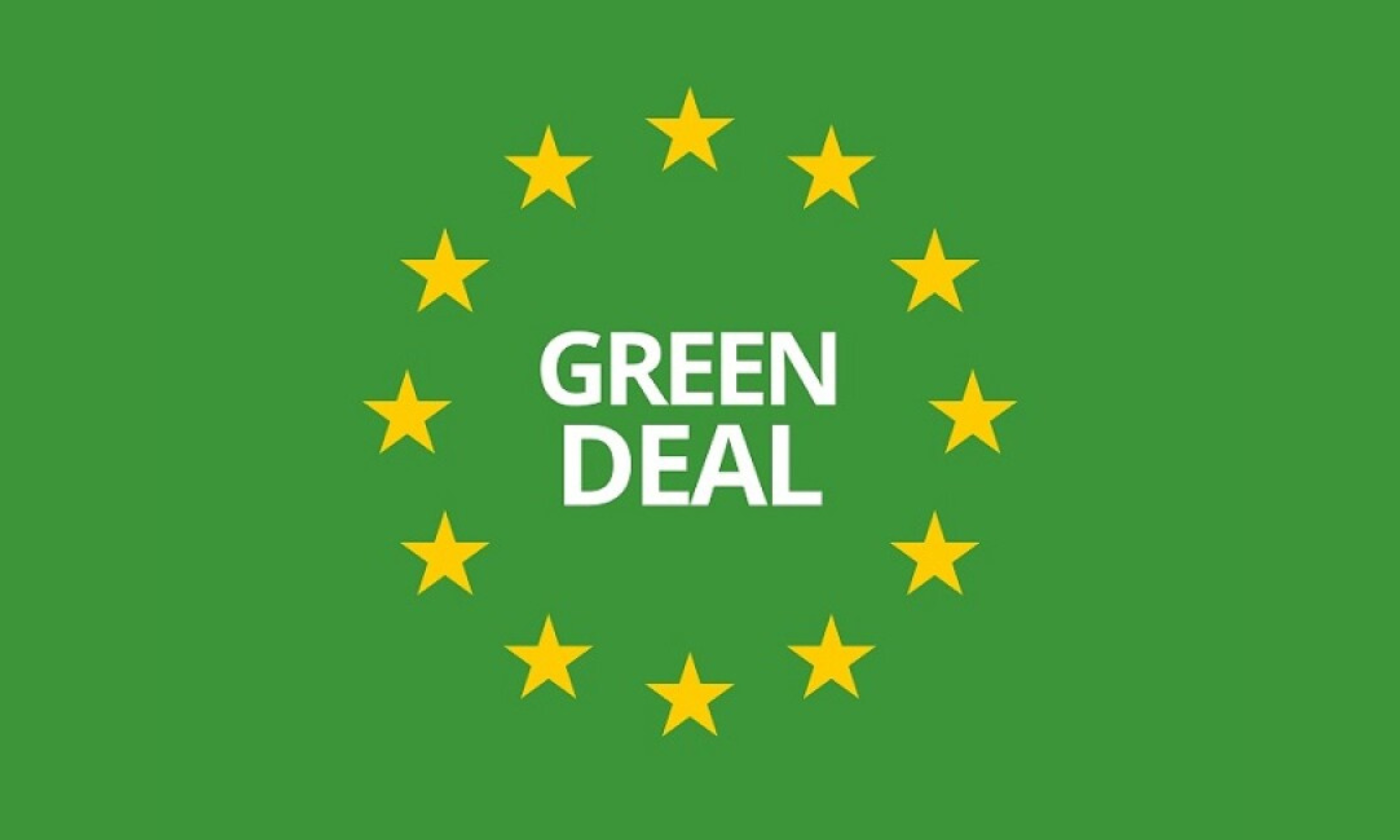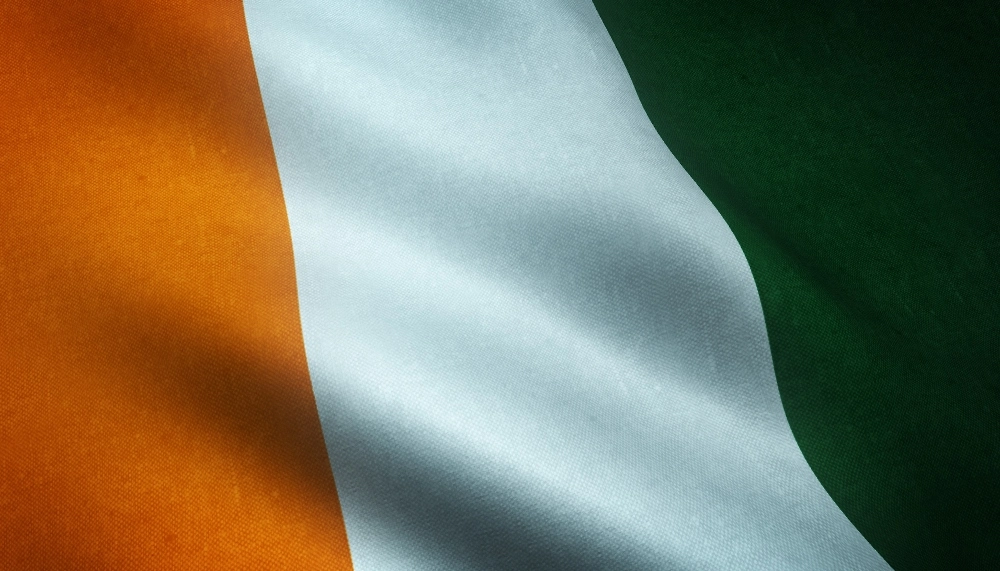
Ivory Coast Rubber Industry: Strategic Transformation Beyond Raw Exports
Overview
Ivory Coast, Africa's dominant rubber producer and the world's third-largest natural rubber supplier, is executing a comprehensive industry transformation. The nation has shifted from purely volume-driven growth to value-added manufacturing while pioneering innovative waste-to-energy solutions.
Production Surge Drives Strategic Realignment
Rapid Output Expansion
Ivory Coast's rubber production has experienced dramatic growth, surging from 815,000 tonnes in 2019 to between 1.64 and 1.67 million tonnes in 2024. This remarkable expansion represents more than a doubling of output in just five years, creating new challenges particularly around supply-chain imbalances that require strategic intervention.
Processing Capacity Moratorium
Strategic Freeze on Primary Processing
On June 4, 2025, the Ivory Coast Rubber and Oil Palm Council implemented a nationwide moratorium on new first-stage processing plant permits. This decisive action targets facilities converting cup lump and raw latex into basic rubber blocks for export.
The moratorium reflects a fundamental strategic shift where processing capacity expansion had exceeded raw material availability. Rather than continuing to chase volume, Ivory Coast is now redirecting investment toward higher-value manufacturing while working to reduce commodity price volatility exposure and create more sophisticated economic value.
Chinese Investment Transforms Rural Economics
Major Infrastructure Development
A significant Chinese investor has revolutionized Ivory Coast's processing landscape since 2020, constructing three operational plants in Dabou, Duékoué, and Grand-Bereby, with a fourth facility under construction. The latest Grand-Bereby plant, launched in October 2024, added 100,000 tonnes of processing capacity. Once complete, the group's total projected capacity will reach 480,000 tonnes annually, representing over one-third of national output.
Rural Economic Impact
The Chinese-backed processing boom has generated substantial benefits across rural communities. Plants strategically located near plantation areas have reduced transport distances while eliminating intermediaries, leading to improved farm-gate prices. Latex can now be processed within hours of collection, preserving quality and enabling access to premium international buyers through standardized blocks that meet global quality benchmarks.
Circular Economy Innovation
Biomass Energy Revolution
Ivory Coast is pioneering rubber waste utilization through renewable energy with the approval of an ambitious 76 MW biomass power plant in Divo. This facility, among the world's first designed to run entirely on agricultural byproducts including senile rubber trees, will generate over 550 GWh annually and feed directly into the national grid when operational by 2029.
The biomass plant taps into vast, previously unused waste from Ivory Coast's 700,000 hectares of rubber plantations while creating new income streams for producers who can now sell aged trees as feedstock rather than abandon them. The rubber sector is beginning to close the loop, adding energy security and environmental benefits to its economic contribution.
Multiple Waste Stream Monetization
The transformation extends beyond tree waste through rubber seed oil production, which has scaled dramatically from 1,500 tonnes in 2023 to 50,000 tonnes in 2024 with continued growth expected. This biofuel feedstock supports national energy security while injecting cash into smallholder communities previously excluded from the downstream economy. The Eni Group of Italy signed an agreement with the government on May 28, 2025, to develop a comprehensive national biofuels industry.
Value Chain Integration Strategy
Second-Stage Manufacturing Focus
Ivory Coast is prioritizing downstream industries including tire manufacturing, molded components production, and industrial rubber goods manufacturing. This creates skilled employment opportunities beyond traditional agricultural work while enhancing export values through processed goods that command premium prices.
The transformation positions Ivory Coast advantageously by reducing exposure to raw commodity price volatility and establishing a more assertive position in international markets. The rubber sector is evolving into a broader manufacturing hub where foreign investment capital serves national development objectives.
Market Dynamics and Price Volatility
2025 Price Performance Analysis
African rubber prices experienced significant volatility throughout 2025, driven by geopolitical factors and shifting demand patterns. The first quarter witnessed a sharp rally, with prices climbing from US$1,800/mt on January 7 to a year high of US$2,015/mt on February 21. This strength reflected strong Chinese demand, US market frontloading activities, DeepSeek technology optimism, and uncertainty around Trump tariff implementation.
However, the second quarter brought sustained decline. After peaking at US$1,970/mt on March 24, prices fell sharply to US$1,595/mt by April 9 and continued declining to US$1,550/mt by May 30, reaching a quarterly low of US$1,555/mt on June 24. This weakness resulted from Trump tariff implementation, geopolitical disruptions, and deteriorating market sentiment.
Recent Recovery Patterns
July 2025 brought some stabilization, with prices recovering to US$1,600/mt by July 2 and climbing to US$1,630/mt by July 11, maintaining that level through July 16. This recovery suggests some market stabilization despite ongoing volatility.
Strategic Implications
Competitive Advantages
Ivory Coast's transformation creates multiple strategic benefits through domestic value capture, transitioning from price-taker to value-creator in global markets. The rubber sector now anchors broader manufacturing development while waste utilization reduces external energy dependence. Processing infrastructure has revitalized agricultural communities, creating a comprehensive development model.
Risk Mitigation
The strategy addresses key vulnerabilities by providing more stable returns through value-added products compared to raw commodity exports. Domestic processing reduces dependence on export logistics, while waste utilization enhances sustainability credentials and supports economic diversification beyond raw commodity reliance.
Future Outlook
Transformation Trajectory
Ivory Coast is positioning itself as an integrated rubber industry hub rather than a simple commodity supplier. The combination of strategic processing limitations, value-chain development, and innovative waste utilization creates a comprehensive industrial transformation model that may influence global rubber market dynamics.
The country's approach demonstrates how commodity-dependent economies can climb value chains through strategic policy intervention, foreign investment partnerships, and innovative circular economy applications. This transformation from "white gold" extraction to integrated industrial development offers a blueprint for other resource-rich developing nations seeking economic sophistication.
This analysis draws from research and insights provided by Helix Tap. For more market intelligence and analysis, visit helixtap.com
